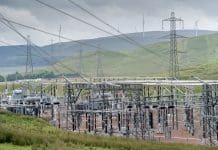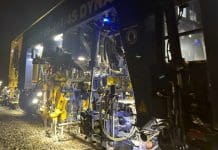Work is underway on a new project to support the decommissioning and restoration of Dounreay, described as ‘the world’s deepest nuclear clean-up’
Graham will be delivering the Civils and Structural works on behalf of Nuvia, acting as subcontractor and an influential partner on the Dounreay scheme.
The Dounreay Shaft in Caithness was originally constructed in 1956 as a means of removing waste from the Dounreay site liquid effluent discharge tunnel excavation.
The Shaft goes approximately 65m deep underground and was used to store radioactive waste until 1977.
A connecting ‘stub’ tunnel linked the base of the Shaft to the effluent discharge tunnel. This was sealed in 1956 by the construction of a concrete plug to produce a watertight seal before the Shaft was then allowed to flood with groundwater.
Disposals to the Shaft ended following an explosion occurred in May 1977 and the facility has been under care and surveillance ever since.
Decommissioning and restoration
Dounreay Site Restoration Limited (DSRL) is currently working to decommission and restore the site.
Part of this Programme is the D3300 Project, to retrieve, process and package waste from the Shaft to render it suitable for long-term storage and future disposal.
During the project, new headworks will be constructed over the Shaft that will contain remote handling equipment to retrieve the solid and sludge waste.
Peder Andreasen, contracts manager for Graham, said: “We’re excited to be beginning work at this hugely important project at this historic nuclear clean-up scheme.
“Our nuclear sector expertise and safety critical approach will be vital in the delivery of the ATW S&S scheme and enable us to safely prepare the shaft headworks and provide a secure enclosure by undertaking these hazardous and challenging works.”
Graham will be delivering and supporting the following:
- Establish secure Site Boundary and site accommodation – provision of hoarding, fencing and barriers around the construction areas and any site accommodation facilities.
- Facilitate safe (as low as reasonably practicable) and efficient (best practical means) access to D1225 to prepare for dismantling and breakout of the existing Shaft headworks (steel platform, concrete cover slab, concrete capping slab).
- Dismantling the existing D1225 enclosure and constructing an appropriate robust replacement facility. The replacement must fully integrate with D3300 (construction to follow later).
- Installing and protecting coordinated services diversions and replacements that will provide for continued interim functioning of D1225 and integrate with the future D3300.
- Installation of the D3300 Shaft Extension Module lower section (SEM 1).
- Accommodating the future constructability of D3300 Process Cell equipment and structures.
- Subsequent D3300 construction to be safeguarded from potential releases of radiation/contamination from the Shaft.


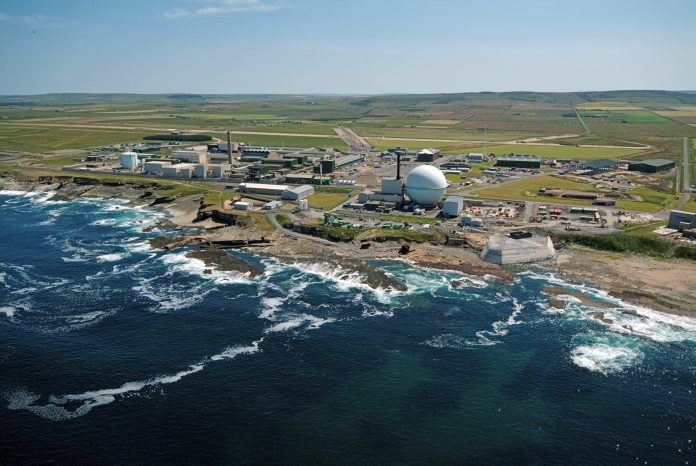
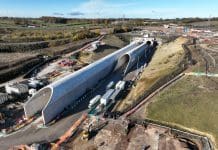



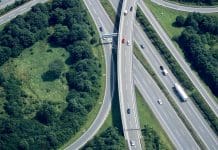
![[VIDEO] Cambridge waste water plant granted permission to relocate Artist impression of the new Cambridge waste water plant and surrounding land](https://www.pbctoday.co.uk/news/wp-content/uploads/2025/04/p.151-768x364-1-218x150.jpg)

